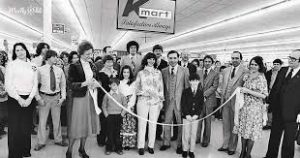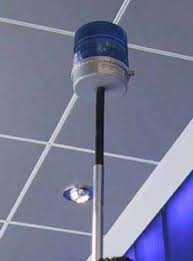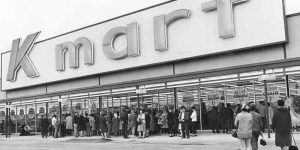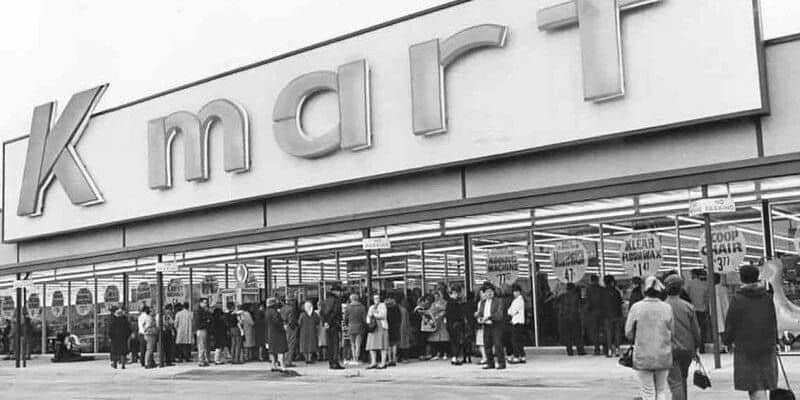The S.S. Kresge Company was formed in 1899 by determined businessman Sebastian Spurling Kresge, who aimed to revolutionize retail. This marks the beginning of Kmart’s history. To launch his retail business, Kresge partnered with John McCrory, another retail pioneer, in Memphis, Tennessee. Together, they managed small stores that offered a variety of goods at affordable prices—a concept that would subsequently be crucial to the development of Kmart.
But alliances can change, as is often the case in business. After they split up, Kresge assumed complete control of his stores. He seized the opportunity to grow his business and established other outlets in eight cities spanning from Pittsburgh to Chicago. Kresge’s businesses prospered from the 1920s until the 1960s, which marked the beginning of his steady rise in the retail industry.

The History of Kmart
It wasn’t until 1962 that Kresge’s company made the largest advancement toward the future of retail. Harry Cunningham, a visionary leader, led the company into the quickly growing low-cost retail market. This was a critical period since Cunningham managed the construction of the first full-sized Kmart in Garden City, Michigan. Kmart was designed to be a big-box discount store offering a vast array of products at lower prices to consumers. The concept struck a chord with American consumers, who were beginning to demand more convenience and value from their retail experiences.
It’s noteworthy that Kmart wasn’t operating alone in this new era of the retail revolution. Just before Kmart debuted, Sam Walton established the first Walmart shop in Rogers, Arkansas. Kmart and Walmart drew inspiration from the same Rhode Island business, Ann & Hope. It was among the first big-box bargain department stores in the nation. This common goal marked the beginning of the retail rivalry between Walmart and Kmart, two of the biggest brands in the industry.

with a focus on blue lights
The “Blue Light Special,” one of Kmart’s most well-known advertising campaigns, made its debut in 1965. This marketing strategy became a representation of the Kmart shopping experience. Customers would be alerted to a limited-time deal on particular products by a blue light flashing over a designated area within the store. Over the speakers, the now-famous “Attention Kmart Shoppers” message would play, attracting customers and boosting sales. The Blue Light Special evolved into a symbol of Kmart’s commitment to providing outstanding value at all times and turned into a well-known aspect of the company’s identity.
The Kmart Golden Era
Kmart had great success and growth in the 1970s. In 1976, the company made retail history by opening an amazing 271 outlets in a single year. The remarkable feat of establishing 17 million square feet of additional sales space in just one year, along with this growth, solidified Kmart’s standing as a retail giant. Well-known celebrities like Jaclyn Smith and Martha Stewart were eager to sponsor Kmart because of its enormous reach, which enhanced the store’s appeal and reputation.

Kmart became the dominant force in the S.S. Kresge Company by 1977, when it was responsible for about 95% of its revenues. The company recognized the huge influence of its Kmart stores and formally changed its name from S.S. Kresge to Kmart Corporation. This rebranding represented the shift in focus from Kmart’s modest dime shop origins to the large-scale, low-cost retail approach that defined its success.

Past Events
Owing to its growth over the 20th century, Kmart has emerged as one of the most iconic retailers in American history. Due to the strategic leadership of people like Harry Cunningham and innovations like the Blue Light Special, it entered a golden period of retail dominance. But as the retail industry evolved, Kmart’s capacity to adjust would be tested by problems including changing customer preferences and more intense competition.
Despite the challenges it faced later, Kmart’s influence can still be seen in American culture. Kmart’s history, which began with the S.S. Kresge Company and continues through its transformation into a retail behemoth, is a story of ambition, inventiveness, and the unbroken spirit of American entrepreneurship.


